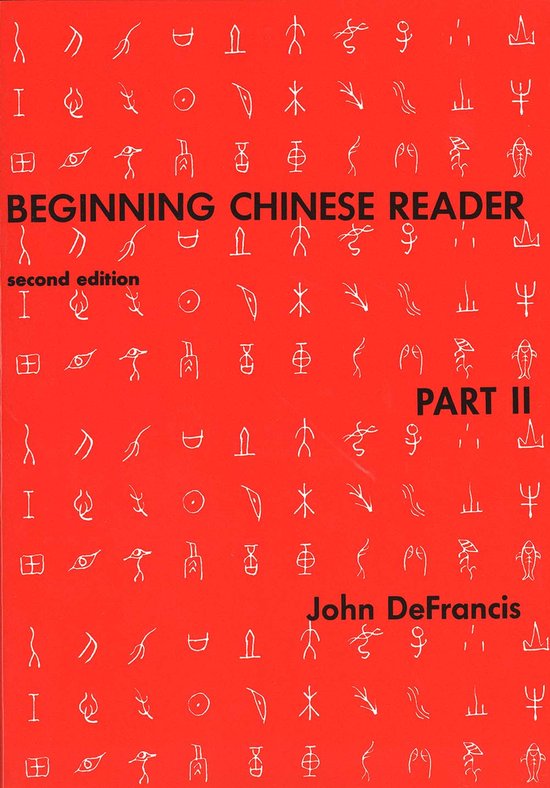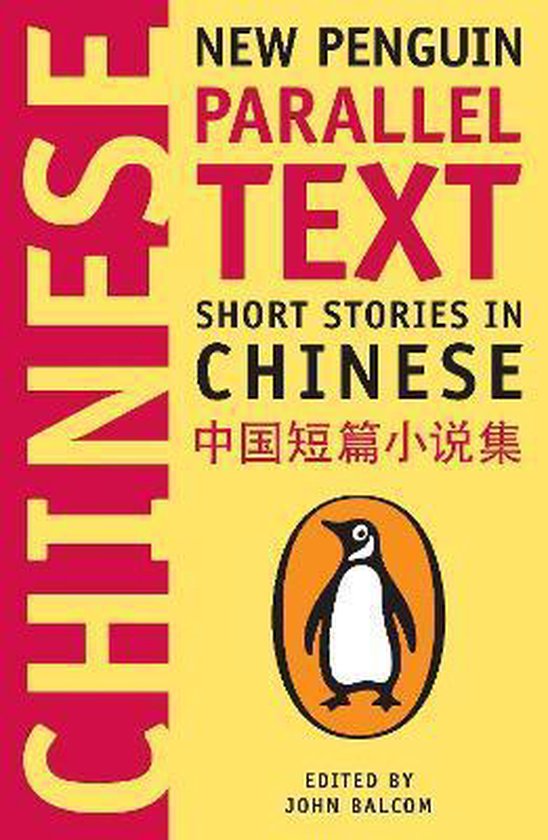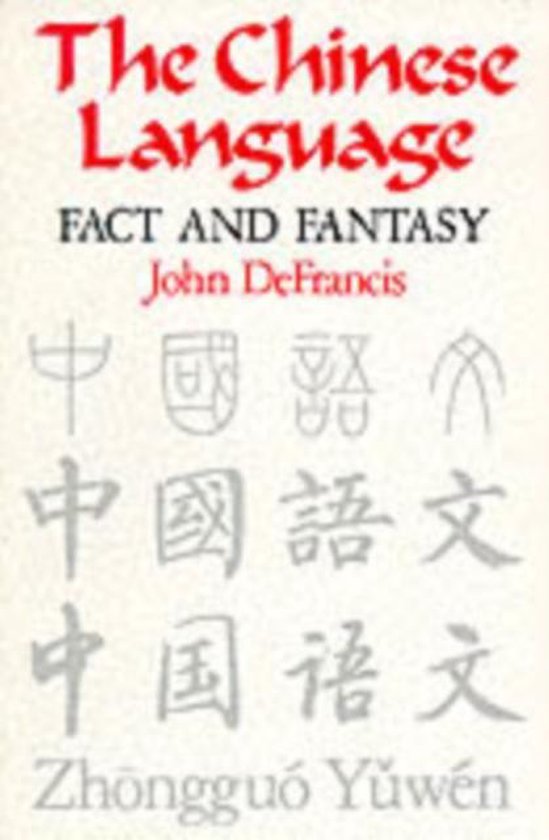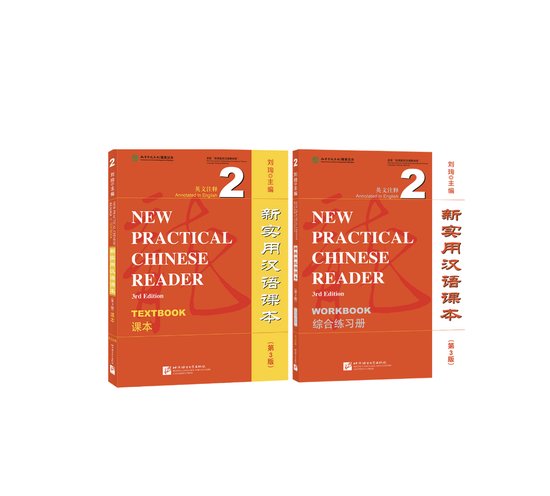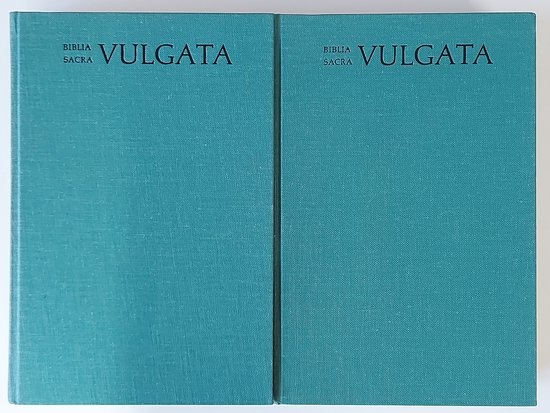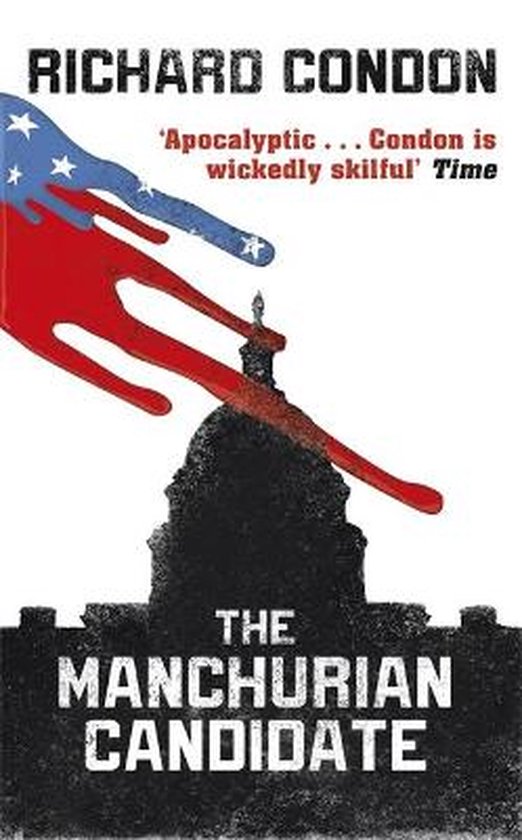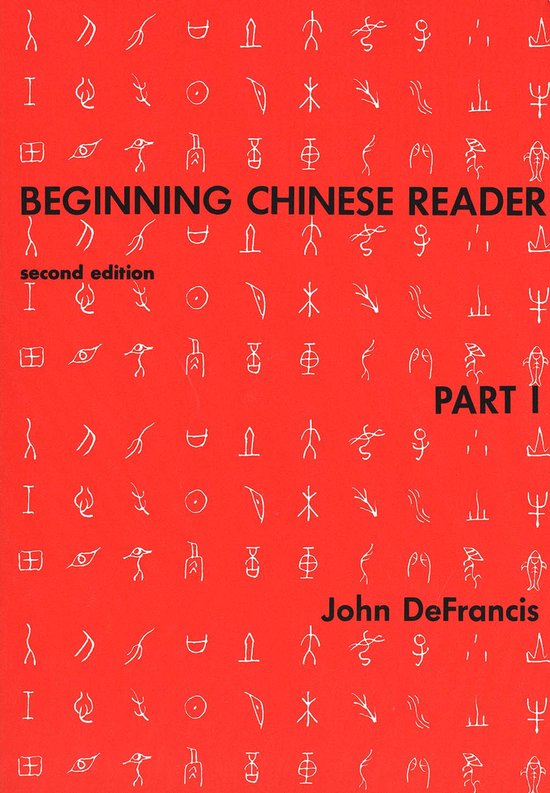
Beginning Chinese Reader 2e Pt1
This second edition, like the earlier first edition, introduces some of the main varieties of Chinese as found before and after the establishment of the People's Republic of China in 1949. While continuing to stress the basic importance of the traditional usages, such as the regular characters to be found in all materials published before the adoption of the simplified forms in 1956 and still in use in some areas, the present revision goes further in contrasting variant usages and in providing additional material relevant to the PRC.
Closely related with the author's Beginning Chinese and its companion volume, Character Text for Beginning Chinese, this text is based on a new approach which not only takes into account the advantages of the oral-aural method but gets the student more quickly into material that he is likely to encounter in actual written Chinese. Unique features are the emphasis on compounds and their extensive use in various types of exercises. The 1,200 combinations are based on 400 characters; in all, the book contains 120,000 characters of running text. All compounds appear in illustrative sentences accompanied by English translations, in dialogues as a means of audio-lingual reinforcement, and in narrative or expository form. Additional exercises include maps, booksellers' book lists, correspondence, poems, table of contents, and brief passages from the works of outstanding writers such as Sun Yatsen, Hu Shih, Mao Tse-tung, and Lu Hsun. Supplementary lessons present reading material using the simplified characters adopted in mainland China.
To suit the needs of the beginner, characters are introduced in large size, and tables indicate the sequence of strokes used in their formation. In addition to a pinyin index, there are three summary charts in which the characters are arranged by lesson, by number of strokes, and by radical. A fourth chart contrasts regular and simplified characters; a fifth chart presents variant forms of the same character. Because of the large characters and extensive material, the book is issued in two volumes, Part I and Part II. This work was supported by a contract with the United States Office of Education.
Closely related with the author's Beginning Chinese and its companion volume, Character Text for Beginning Chinese, this text is based on a new approach which not only takes into account the advantages of the oral-aural method but gets the student more quickly into material that he is likely to encounter in actual written Chinese. Unique features are the emphasis on compounds and their extensive use in various types of exercises. The 1,200 combinations are based on 400 characters; in all, the book contains 120,000 characters of running text. All compounds appear in illustrative sentences accompanied by English translations, in dialogues as a means of audio-lingual reinforcement, and in narrative or expository form. Additional exercises include maps, booksellers' book lists, correspondence, poems, table of contents, and brief passages from the works of outstanding writers such as Sun Yatsen, Hu Shih, Mao Tse-tung, and Lu Hsun. Supplementary lessons present reading material using the simplified characters adopted in mainland China.
To suit the needs of the beginner, characters are introduced in large size, and tables indicate the sequence of strokes used in their formation. In addition to a pinyin index, there are three summary charts in which the characters are arranged by lesson, by number of strokes, and by radical. A fourth chart contrasts regular and simplified characters; a fifth chart presents variant forms of the same character. Because of the large characters and extensive material, the book is issued in two volumes, Part I and Part II. This work was supported by a contract with the United States Office of Education.
| Auteur | | John Defrancis |
| Taal | | Engels |
| Type | | Paperback |
| Categorie | | Taal |
